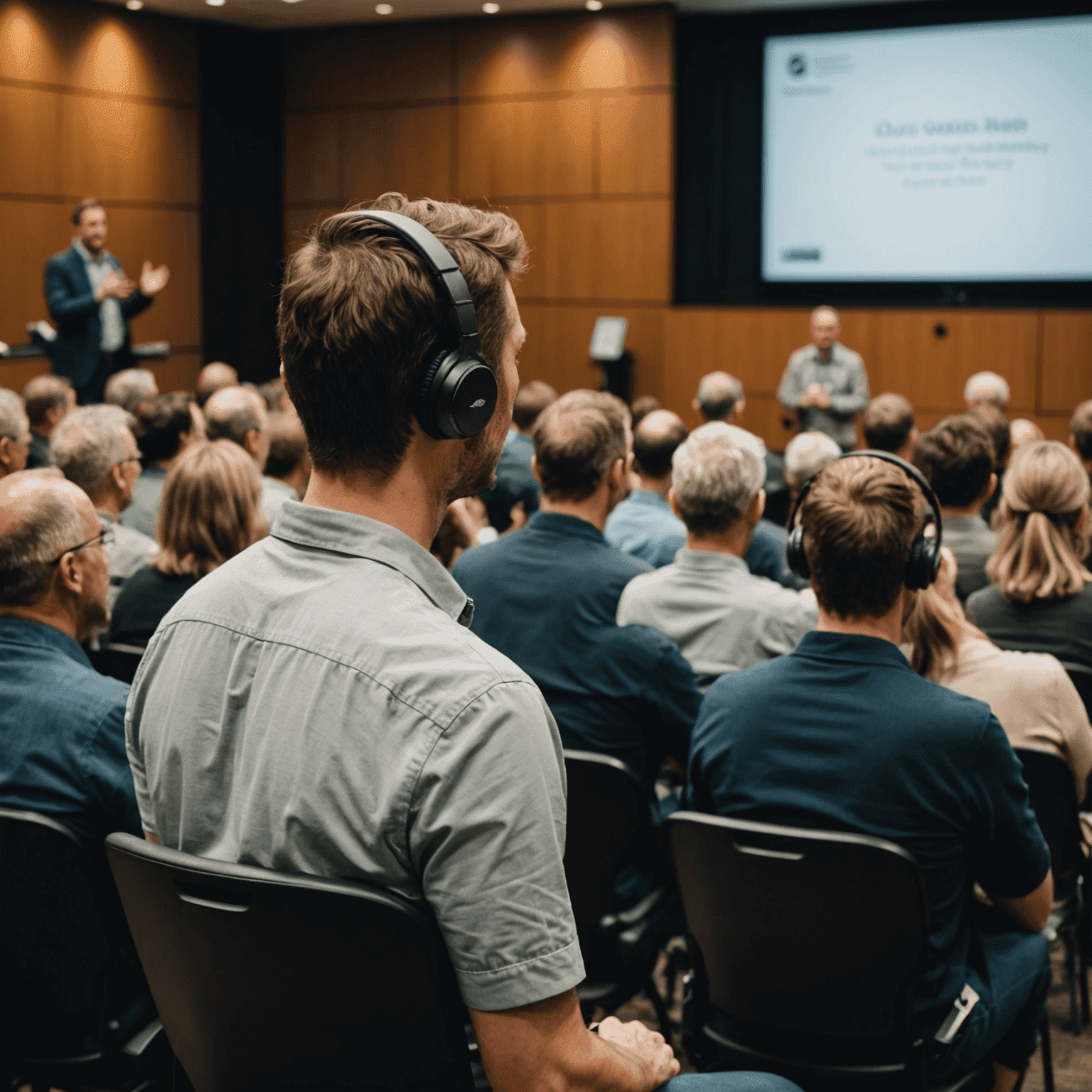Mastering Q&A Sessions: Handling Tough Questions

In the world of public speaking, your presentation is only half the battle. The real test of your expertise and composure often comes during the Q&A session. Let's explore how to turn challenging questions into opportunities to showcase your knowledge and reinforce your message.
Preparation is Key
Before you even step on stage, anticipate potential questions. Consider your audience's background, concerns, and possible objections to your topic. Prepare concise, clear answers to these likely queries. This forethought will boost your confidence and reduce the chance of being caught off guard.
Listen Actively
When a question is posed, give the questioner your full attention. Active listening allows you to understand the true intent behind the question, which may not always be immediately apparent. This practice also gives you a moment to formulate your response.

Stay Calm and Composed
Even if a question seems hostile or catches you off-guard, maintain your composure. Take a deep breath, and remember that your reaction is as important as your answer. A calm demeanor projects confidence and credibility.
Bridge to Your Key Messages
Use questions as opportunities to reinforce your main points. After addressing the specific query, bridge back to one of your key messages. This technique, known as "bridging," helps you maintain control of the narrative and ensures your core ideas are emphasized.
Be Honest and Authentic
If you don't know the answer to a question, it's okay to admit it. Honesty is always the best policy. You can offer to follow up with the information later, or redirect the question to someone who might have the answer. Your authenticity will be appreciated more than an attempt to bluff.
Practice the Art of Redirection
Sometimes, you may face questions that are off-topic or inappropriate. Learn to gently redirect these queries back to the subject at hand. A phrase like, "That's an interesting point, but perhaps more relevant to our discussion is..." can be helpful.

Use Positive Language
Frame your responses in a positive light, even when addressing criticism or negative points. This approach helps maintain a constructive atmosphere and keeps the audience receptive to your message.
Conclusion
Mastering Q&A sessions is a vital skill for any public speaker. By preparing thoroughly, listening actively, staying composed, and using techniques like bridging and redirection, you can turn potentially challenging moments into opportunities to shine. Remember, each question is a chance to further engage your audience and reinforce your expertise. With practice and these strategies in your toolkit, you'll be well-equipped to handle even the toughest questions with grace and authority.